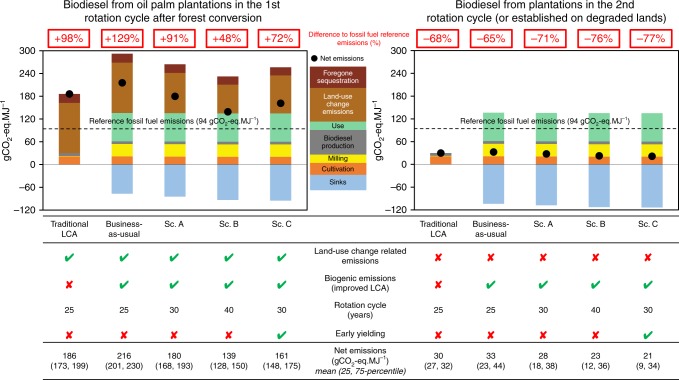Fig. 2. Life Cycle Assessment of palm-oil biodiesel.
Life Cycle Assessment (LCA) of palm-oil biodiesel for first (1st) and second (2nd) rotation cycles with different analysis and management scenarios. The traditional LCA follows a common LCA approach where carbon neutrality is assumed; in contrast, an enhanced LCA taking into account measured greenhouse gas (GHG) fluxes and biogenic carbon dioxide emissions from product use was applied for all other scenarios. All scenarios assume oil palm cultivation on mineral soil. The business-as-usual scenario assumes an oil palm plantation life cycle of 25 years. The simulated alternative management scenarios assume a life cycle of 30 years (scenario A), 40 years (B), and 30 years with a hypothetical, earlier-yielding oil palm variety (C). The net GHG emissions for each LCA (black dots) are the different GHG emissions over the life cycle (positive values) minus the according sinks (negative values, blue bars). Reference fossil fuel emissions are marked with a black dotted line. The lower table indicates if biogenic emissions, early-yielding varieties and land-use change emissions were considered (green check mark) or not (red cross) for each analysis, and the length of the rotation cycle. See Supplementary Fig. 3 and Supplementary Table 4 for detailed fluxes and parameters considered in all scenarios.

